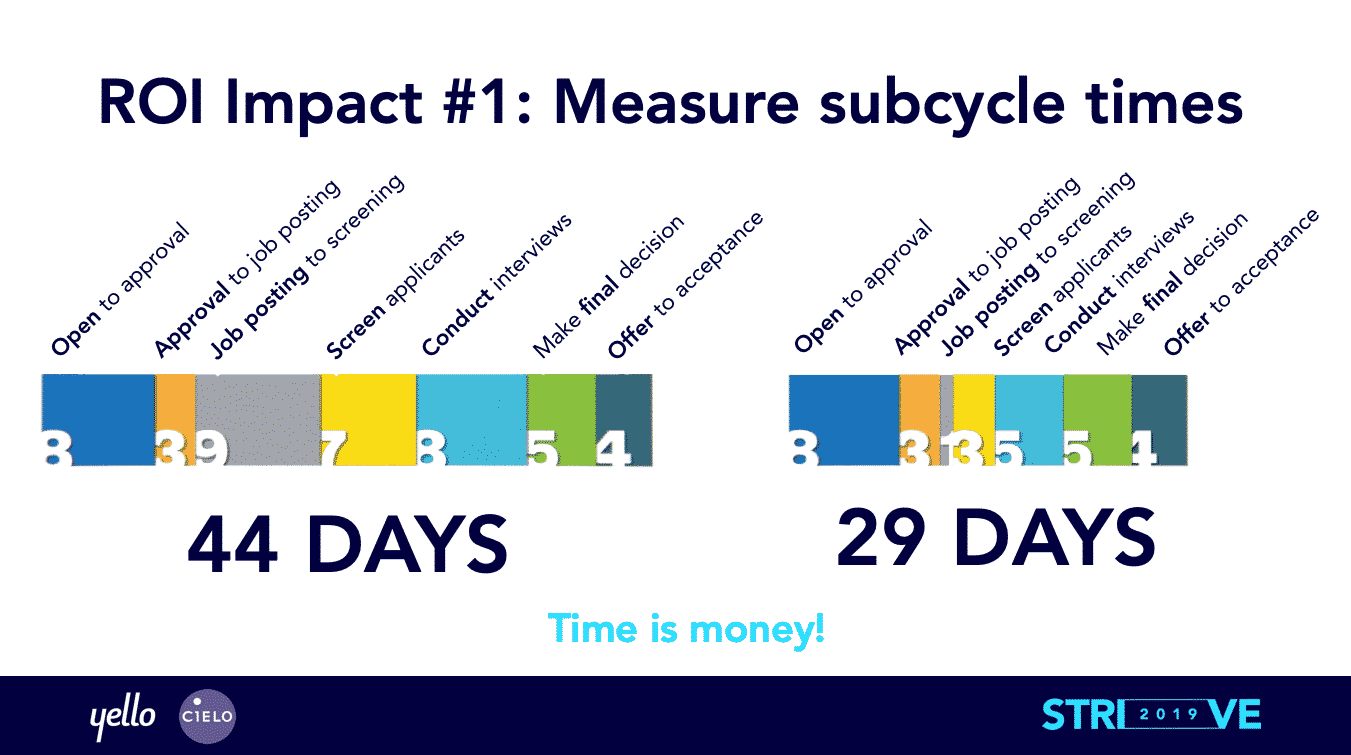How to Recruit On Campus with a Limited Budget
Recruiting on campus can be a challenge whether you’re building your future talent pipeline or gathering candidates for an upcoming job opening. And when you’re recruiting with limited resources, things can be even more difficult. Here are a few top tips for campus recruiting on a budget:
• Get a clear understanding of your budget and hiring needs
• Document the entire recruiting process to see where your budget can make the most impact
• Prioritize colleges you’ve hired from before
• Leverage the resources your current employees already have on campus
• Network with student leaders
Get A Clear Understanding Of Your Budget And Hiring Needs
Before you tackle campus recruiting, you’ll need to get a clear understanding of what your current budget and recruiting needs are. Crunch the numbers to understand exactly how much money you can devote to hiring on campus. Creating a budget will help assure that you stay within your limits while also spending enough to create a dent with your recruiting strategy.
Second, take a look at your objectives. What is your main goal for your recruiting program? Are you quickly trying to fill roles for the next few months, or are you building a talent pipeline for future positions? By understanding your hiring targets, you can create a budget-friendly campus recruiting strategy that allows your company to succeed.
According to NACE, the average university relations and recruitment budget for organizations in 2016 was $562,642, while some organizations were able to make a dent with campus recruiting for as little as $60,000 per year. Check out our college recruiting budgeting basics article for more tips on creating your own budget.
Document The Entire Recruiting Process To See Where Your Budget Can Make The Most Impact
Next, as you are creating your college recruitment strategy, it’s essential to document your recruiting operations practices. Do you know how long each step of your hiring process takes on average?

Source: The ROI Of Recruiting Ops, STRIVE 2019. Watch the full presentation here.
Map out the whole candidate lifecycle, from new position openings to offer and acceptance. Identify the schools from which you’ve hired the most candidates. Measure which recruitment channels and events have been most (and least) effective for your organization.
Once you have a better understanding of your hiring process and recruitment marketing channels, assess what’s working and what’s not. Focus your recruiting budget and company resources on the areas of highest impact, driving improvement and efficiency.
Utilize A Digital Recruitment Strategy
Building a digital campus recruiting strategy is a great way to make an impact on campus without having a physical presence. Instead of relying on expensive travel to career fairs, engage candidates from the comfort of your office and offer a personalized experience depending on their interests. Creating a year-round campus recruitment strategy is also useful because it helps you source candidates when you need it versus near the end of the semester when universities typically host career events for employers.
Reach out to the campus career services department to source students looking to connect with companies like yours. From there, host virtual meet-and-greets and online information sessions, build talent communities, send regular company updates to reinforce your employer brand, and even host video interviews with job seekers.
Prioritize Colleges You’ve Hired From Before
If you are looking to get the most bang for your buck, focus on colleges that have worked for your company before. Are there any colleges that stand out when it comes to past recruitment cycles? Use campus recruitment technology to make a bigger impact on campus, manage key relationships and track ROI at each step to understand which universities are the most successful for your company.
Prioritize your travel budget by what’s worked in the past. While it’s always important to extend your reach to new schools in order to diversify your talent pool, focus on tried and true universities if you’re looking for budget-friendly strategies.
Leverage Your Current Employees’ On-Campus Connections
It can be challenging to make a connection with students on campus. Instead of going in cold, build relationships by leveraging your current employees’ on-campus connections. Ask alums at your company to visit campuses with you. If you’re hosting an information session, bring a recent graduate from that college to share their authentic experience making the transition into the workforce.
Invite your employees to be a part of your recruiting strategy by asking for campus referrals, recording university-specific video testimonials for your talent communities, and asking them to share their passion for your company on their own social media profiles.
Network With Student Leaders
Student leaders are always on the lookout for events to host for their club members, especially events that set their organization up for future career success. By identifying and networking with student leaders, you can set up times to meet with their on-campus groups virtually or in-person.
Start with academic and career-oriented groups related to your current recruiting needs. For example, most college majors have a club, so if you are looking for the next marketing star, network with campus marketing clubs.
If you want to broaden your reach, find the most prominent groups on campus to network with. These organizations are usually social fraternities or sororities. By connecting with these groups, you can meet hundreds of active and involved students.
If you want to connect with any organization, contact information for these groups can generally be found online.
Take Action
Campus recruiting doesn’t have to be expensive. If you invest your recruiting budget smartly, you can build a phenomenal applicant pool without overspending.
Here are three things you can do today to create a budget-friendly campus recruiting plan:
- Get up close and personal with your recruiting budget: Give your recruiting budget a number, not just a rough estimate.
- Categorize your employees by alma mater: Document which schools your employees attended. If any schools stand out, create your recruiting strategy around those schools.
- Activate your network: Make sure you keep tabs on all the resources you have at a particular college—from student leaders to career services personnel.
